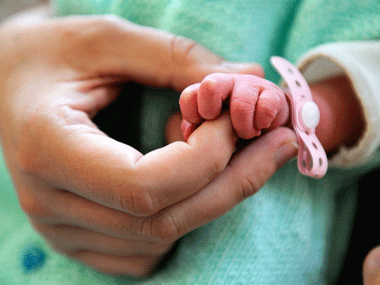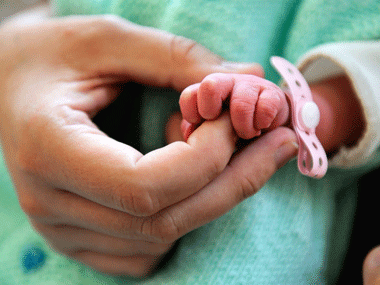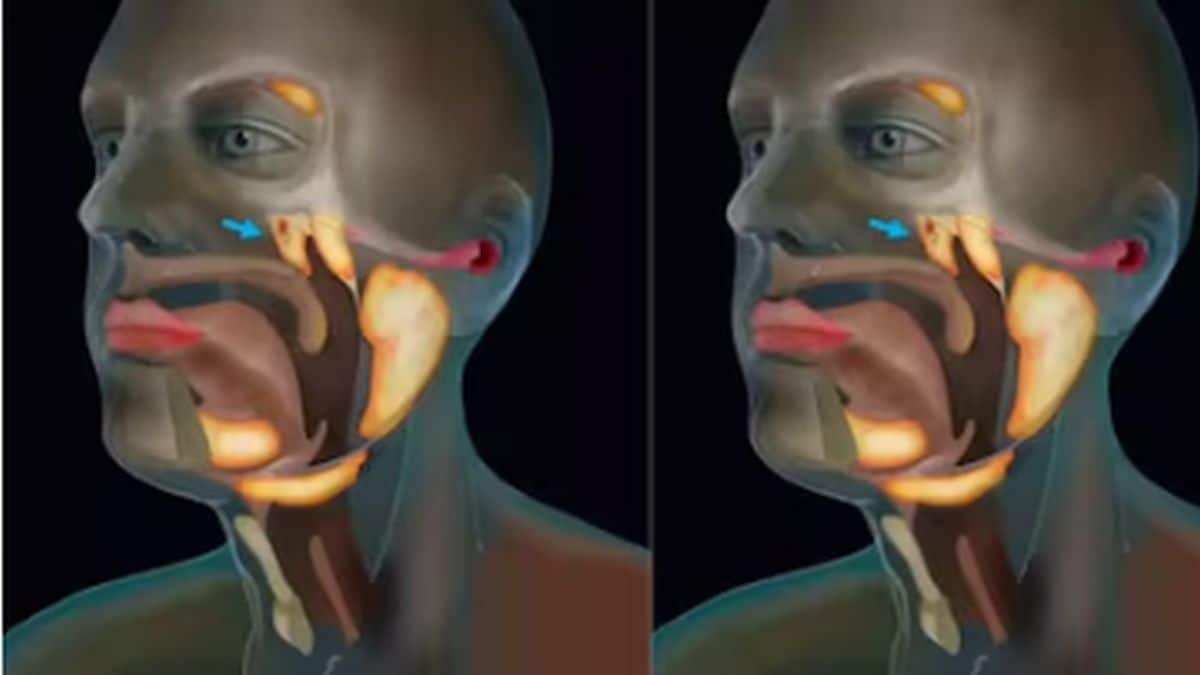A government hospital in Kota, Rajasthan has seen an alarming rise in deaths this year. Over 100 children died at JK Lon Hospital in December, adding up to around 1000 for the year. This is a concerning development given that the mortality rate has risen from 14.3% in 2018 to 20.2% in 2019 at this hospital alone. And now, similar horror stories have emerged from other parts of the country as well. The National Commission for Protection of Child Rights (NCPCR) conducted a field visit on December 29 to take stock of the situation and found that the hospital was in a woeful state. There was a shortage or obsolescence of essential medical equipment such as ventilators, a lack of staff such as the HOD of the paediatric department, and the state of cleanliness was abysmal, with shattered windows, broken doors and pigs roaming the ground. [caption id=“attachment_2350920” align=“alignleft” width=“380”]  Representational image. AFP[/caption] “I saw mothers wrapping their children with their saris because the warmers weren’t working and the rooms were frigid,” Priyank Kanoongo, chairperson of the NCPCR told myUpchar in an interview. JK Lon is a government-run medical college hospital that has the facilities to provide tertiary care. It is the only referral centre in Kota and even gets some cases from neighbouring Madhya Pradesh. With over 300 beds, many people rely on the hospital for their healthcare needs. After details of infant deaths in Kota emerged, there have been similar disturbing statistics coming from other cities, with Rajkot in Gujarat having seen 134 children dying at a government hospital in the same month of December. Jodhpur, also in Rajasthan, has reported the death of 146 children in Dr Sampurnanand Medical College, while Bikaner’s PBM Hospital saw a total of 162 infant deaths in December 2019.
NCPCR’s Preliminary Findings
Representatives of NCPCR conducted a meeting with stakeholders of the hospital and Kota health officials; it turned out that the superintendent at JK Lon had just assumed the post a day before and was therefore not able to explain the situation. He also claimed ignorance about the sanitation issues plaguing the hospital. “It is interesting that the medical superintendent was just given the post the day before we conducted the field visit. The post has been vacant before this and we couldn’t find out who held it previously…” Kanoongo added. The report also reprimanded the Chief Medical Officer, Kota for his failure to appear at the meeting despite several requests.
Lack of equipment
The commission was told that complications due to being severely underweight at birth were to be blamed for most of the deaths. Also, a lot of the mothers were anaemic and the extreme cold conditions made it more difficult for the already vulnerable infants. Hypoxia (lack of oxygen) and septicemia (bloodstream infection) were given as the proximate causes of death in the report. At the time the NCPCR submitted its report it found that only nine out of a total of 15 ventilators were functional. The hospital was not able to provide further information on the functioning of medical equipment at the time of the visit. The observation concluded with a show-cause notice to the Secretary of the Medical Education Department of Rajasthan requesting data on the underweight children and their anaemic mothers and the status of sanitation and medical equipment. A further report stated that 81 out of the 111 infusion pumps, 44 of 71 warmers, 32 of 38 oximeters, and 22 of 28 nebulisers were not in working order. It also said that was a shortage in nursing staff and hospital beds.
Ministry of Health steps in
According to the Press Information Bureau, Union Health Minister Dr Harsh Vardhan has organized a multidisciplinary team of paediatricians and bureaucrats. They aim to conduct a gap analysis of the situation based on clinical protocols, service delivery, manpower availability and equipment for maternal, newborn and paediatric care services at Medical College Kota. Based on this report, funds will be dispersed from the National Health Mission. Kota will be remembered along similar lines to the encephalitis breakout in Bihar and the Gorakhpur tragedy. Soon after the news broke, political mudslinging took over and the heart of the matter receded into the background.
The larger problem of healthcare in India
“Hospital deaths make for sensational news, but for me, the larger issue is the status of anganwadi (primary health care centres) all over the country,” Chhaya Pachauli, who works for the NGO Prayas told myUpchar over the phone. “Outreach services including antenatal care, delivery of nutrition supplements to pregnant women, postnatal care and follow-ups after delivery, which should be happening right at the village level or primary care, are totally in a mess. You cannot expect an anaemic, fragile woman to give birth to a healthy baby if these aspects are ignored.” “There are a large number of children dying at homes even before they reach hospitals and nobody seems to be bothered about them. The root of the problem is deeper than what just appears and the entire issue needs to be tackled at different levels,” she added. While more data is awaited on the children and their situation, preliminary reports suggest that they were severely underweight at birth or soon afterwards, had travelled substantial distances after being referred from private facilities, and their mothers were anaemic. UNICEF’s report on the state of the world’s children in 2019 showed that more than half the country’s children are underweight and 38% are stunted. Amongst the poorest families, the figure is as high as 51%. More than half of Indian mothers (51%) are anaemic and 24% are inadequately nourished. Severely malnourished children are 12 times more likely to die than a healthy child. It has also been established that being born to undernourished mothers affects the development of the child - they are more likely to be born underweight and go on to have cognitive disabilities later on in life. This ‘intergenerational cycle of malnutrition’ is the crux of the issue at Kota as well. “Of course you can’t hope to take care of any children if your warmers aren’t working or if ventilators are out of commission. This is sadly how things are overall in the country, JK Lon isn’t a special case per se,” Pachauli continued. “Health is a state matter but it has hardly been the priority of most of the state governments. On average, most states dedicate 1% of their state GDPs to matters of health. That is simply not enough to hire and train an adequate workforce, execute community and preventive health interventions, build and maintain infrastructure or manage supplies efficiently.” “The focus of governments has been shifting to curative rather than preventative healthcare and that’s dangerous,” she added. “The insurance model of healthcare which is being promoted cannot provide for community health services and preventative care that is sorely needed in the poorer parts of the country.” “Kota should show the public how dire the first tier of healthcare is so that people are compelled to go to bigger government hospitals for even basic health care,” Pachauli emphasized. “This overburdens the tertiary care hospitals while most of the primary healthcare centres remain unutilised or underutilised due to a dearth of human resources and poor facilities.” There is no doubt that the state of affairs at Kota should be a matter of national shame, but it is also important to not make it a scapegoat - it is just one of the many manifestations of the failings of the public health system of the country. For more on this topic, please read our articles on Infant, Newborn Baby and Child Health Care_._ Health articles in Firstpost are written by myUpchar.com, India’s first and biggest resource for verified medical information. At myUpchar, researchers and journalists work with doctors to bring you information on all things health.


)

)
)
)
)
)
)
)
)



